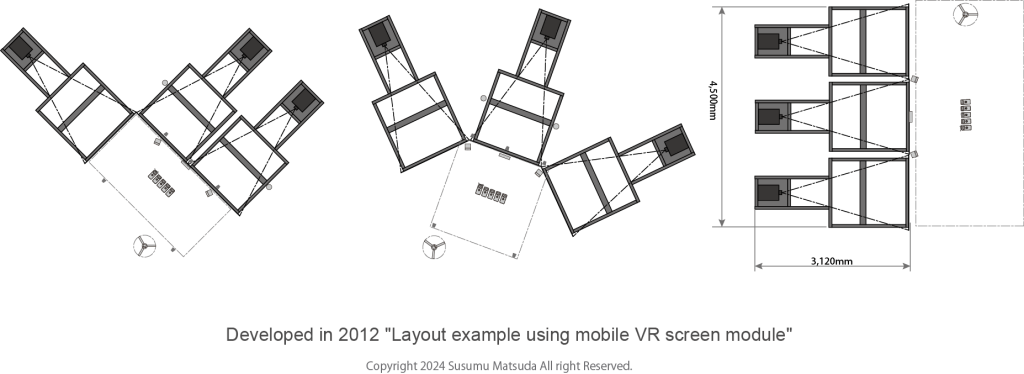Since 2001, we have been searching for effective applications and content through VR visualization experiences. Gradually, the effectiveness of VR was studied, and in 2007, a training simulator was developed to improve railway transportation driving skills and learn how to deal with accidents. After that, we will move on to developing a training simulator that encourages risk judgment and evasive action for disaster response in response to natural disasters. A major obstacle in simulator software development in 2012 was the cost barrier of using VR hardware. The VR display system, which is equipped with a large real-scale screen that displays real-size images, a motion capture camera that detects body posture, and a high-performance drawing device that draws VR images, was a major hurdle when introducing it.

In order to overcome the cost hurdles when introducing VR, we will select a motion tracking device, a real-scale screen, a low-cost projector that realizes 3D stereoscopic viewing, and develop a system of cluster PCs equipped with GPUs and capable of network cooperation. In 2012, large screen systems were mainly designed with custom specifications, and there were no general-purpose screens that could change the screen shape to suit the application. Therefore, we designed a 100-inch equivalent screen into a modular structure that can be operated, and realized a system in which multiple modules can be combined and shaped to suit the application. The initial general-purpose screen required a space 3m deep to project a 100-inch image, and the installation area was large, which was an issue.
